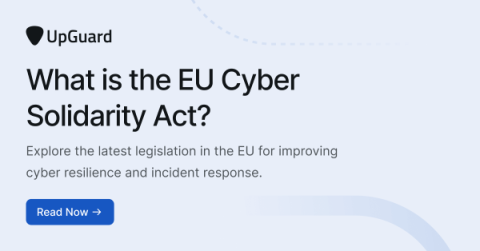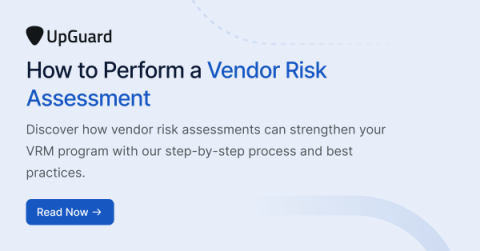USPS Surges to Take Top Spot as Most Impersonated Brand in Phishing Attacks
New data shows phishing attacks are deviating from the traditional focus on technology and retail sectors and are opting for alternate brands with widespread appeal. I’ve covered plenty of reports about brand impersonation and it’s almost always Microsoft on top of the list. And with good reason: access to a Microsoft 365 account can give attackers a foothold and potential access to data, applications and more.









